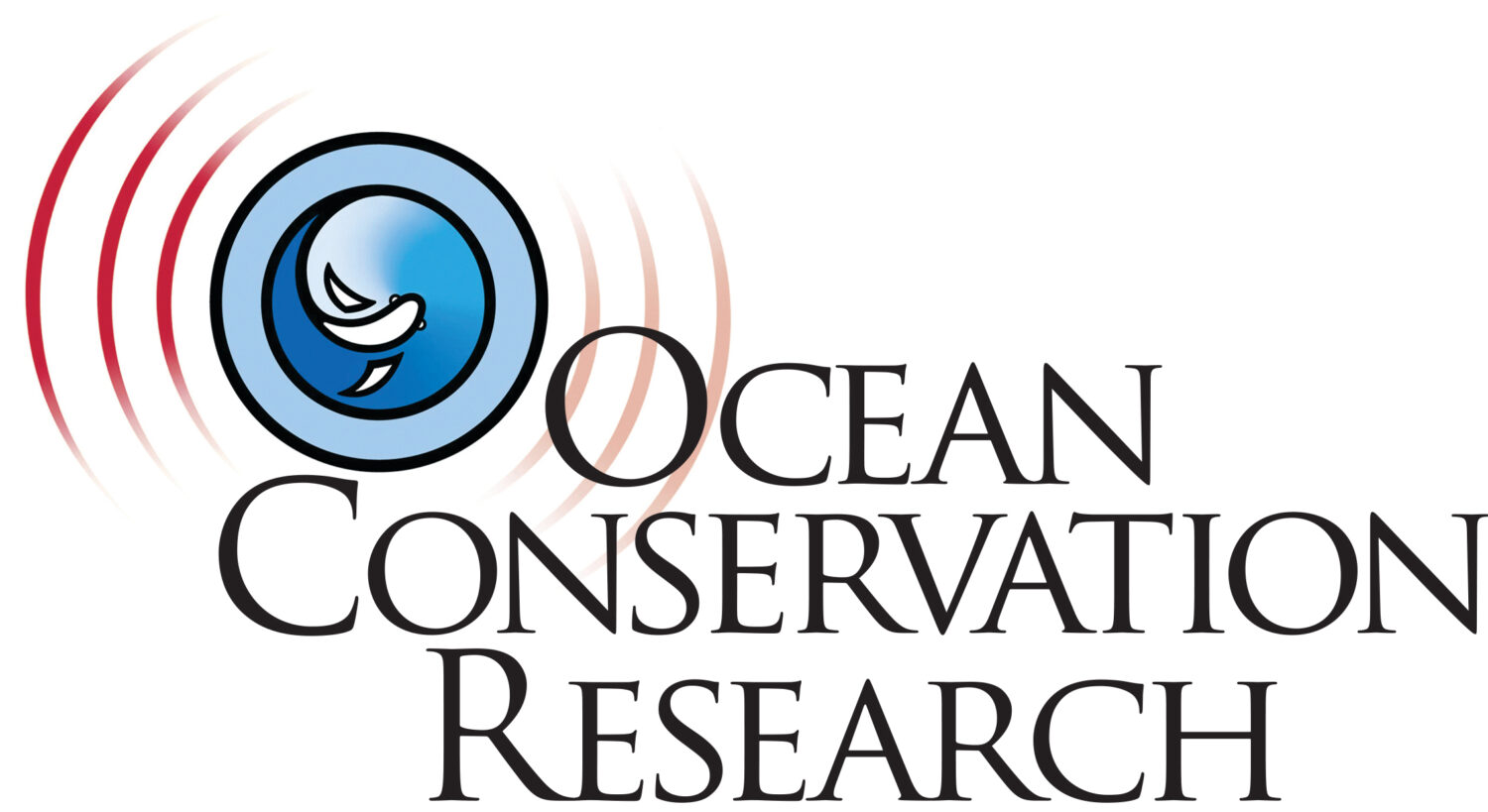The jury still seems to be out on the biological impacts of seismic airgun surveys. While there is ample evidence of migratory, feeding, communication, and other behavioral disruptions in marine mammals, and habitat and dispersal disruptions in fish – along…
Category: Bioacoustics
More on OceaNoise2017
The OceaNoise2017 conference I attended last week was more than a playpen for “ocean noise elites.” There was a structure to the event which drew an arc over the dominant themes of the Ocean Noise topic. I was honored to…
Field Report from Barcelona
I spent last week at Vilanova i la Geltrú – just down the coast from Barcelona, Spain at OceaNoise2017, a conference specifically focused on ocean noise pollution issues. All conferences have a purpose, but this one also had a personality.…
Long distance calling!
While there are a number of varied species of baleen whales that are adapted to their particular habitats and natural histories, there are a few things they have in common; they’re all much larger than we are, they all graze…
The sound of climate disruption
Acoustical Habitats and Aquatic Noise
Dolphin Speak
We’ve come a long way from the “Silent Seas”
It is amazing how many people in the field of ocean science and conservation credit Jacques Cousteau as the inspiration for their love of the sea. Just when color TV was migrating into the American living room Cousteau was offering…
What do they really hear?
Earlier this year a paper by Christne Erbe et.al was published in the open source Public Library of Science (PLoS-One) that frames ocean noise exposures in a sensible and informative manner. For various adaptive reasons animals are sensitive to sounds…
The little things that count (also)
In the early years of the ocean noise discussion there were heated debates about whether or not introduced noise was really harmful to marine life. Our understanding was shallow and the tools blunt. Even when animals washed ashore deafened, dead,…



